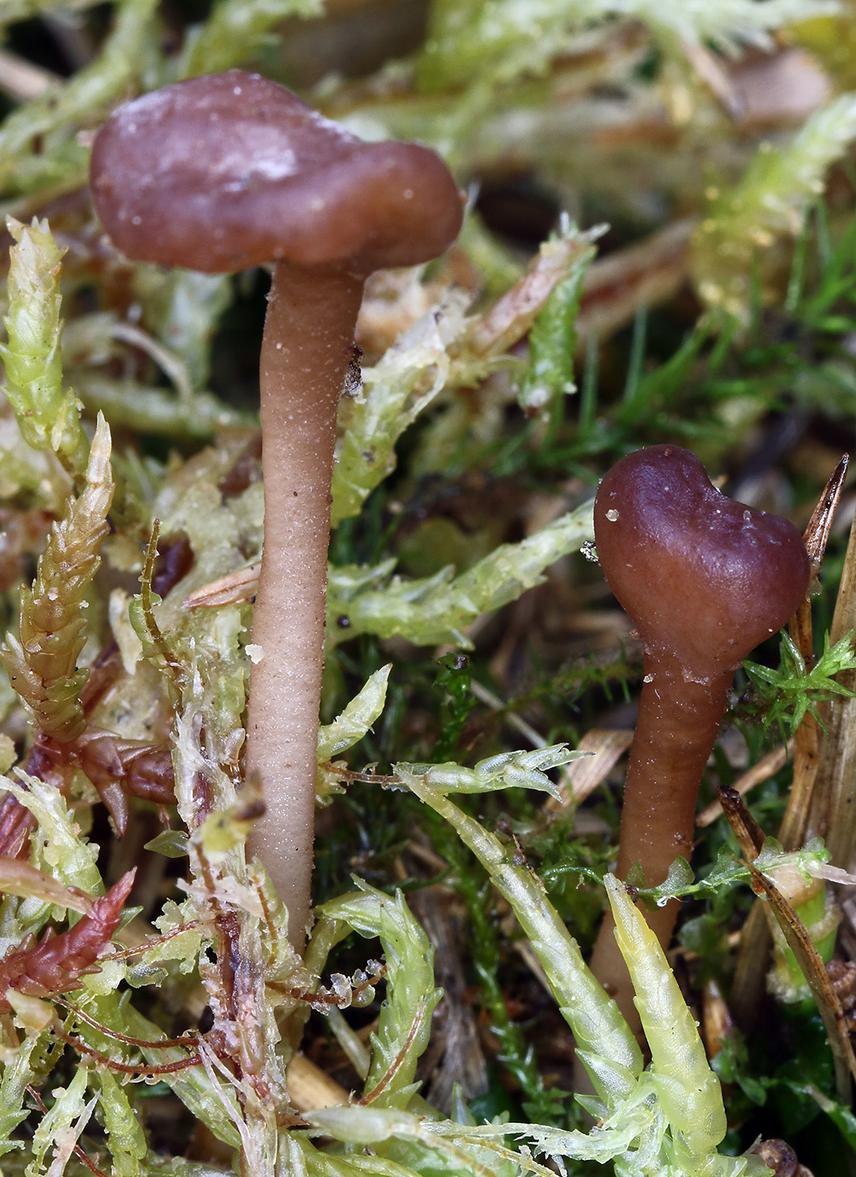Nedim Jukić
Other projects
26 Apr 2016
Research and Contribution to the Conservation of Pezizales (Fungi) in Bosnia and Herzegovina
19 Jan 2018
Assessment of Diversity of Ascomycetous fungi in Several Potential Protected Territories in Bosnia and Herzegovina
7 Sep 2020
Discovering the Diversity of the Alpine Ascomycetous Fungi in Severely Vulnerable Ecosystems of Glacial and Other Mountainous Lakes in Bosnia and Herzegovina
Peatlands are one of the least widespread microhabitats in Bosnia and Herzegovina. At the same time these small and scattered relict ecosystems here in the Balkan peninsula represent the southernmost occurrence of this type of habitat in Europe. These boreal oases are home for some rare and highly adapted fungal species which cannot be found anywhere else.
Main aim of this project is to do detail mycological study of peatlands in Bosnia and Herzegovina, to determine fungal diversity and most specific micro locations and to undertake adequate measures and steps towards efficient conservation of these ecologically fragile sites.

Nothomitra cinnamomea. © Nedim Jukic.
Most of the mires today are considered altered, significantly threatened or reduced. These specific ecosystems have been widely used as a source of peat while many of them have been exploited commercially in the past. Additionally, some of them have been transformed and drained for agricultural purposes. Due to this they are specially endangered and reduced in the areas where they are quite fragmented and scattered like it is the case with Southeast Europe.
Our main challenge is to raise awareness of all relevant stakeholders about importance of mires and their level of interaction with climate changes (mired significantly reduce the negative effect of greenhouse gases because they act as natural storages of carbon), their huge role in balancing and prevention of droughts and floods (Sphagnum mosses can generally storage outstanding quantities of water and are in that sense natural stabilizers and regulators) and about their incredible contribution to total biodiversity level.
It can be reasonably expected that numerous species of fungi that have not been recorded in Bosnia and Herzegovina until now will be found during the mycological research of mires.
Most of the fungal species inhabiting mires are indicator species and they clearly reflect the quality of the ecological conditions within these ecosystems and also indicating the level of balance that characterizes such habitats. Some of the species from the genus Geoglossum (Earthtongues) can only be found within ecosystems of active raised bogs with Sphagnum moss as the dominate moss genera. These are species such as: Geoglossum glabrum (syn. Geoglossum sphagnophilum), Pseudoplectania episphagnum, Nothomitra cinnamomea, Ascocoryne turficola and many others that prefer ombrotrophic bogs and can be expected to be found in the well-preserved bogs in Bosnia and Herzegovina.
Header: Entoloma albotomentosum (rare and endangered species) – Duge bare peatland, Protected Landscape Bijambare.